
Soil Health & Fertilization
We unite suppliers and green industry professionals worldwide
To round out your garden or natural area, consider adding the Jack Pine, which is a rugged and hardy tree.
By Victor Miller
|Published on June 12, 2025
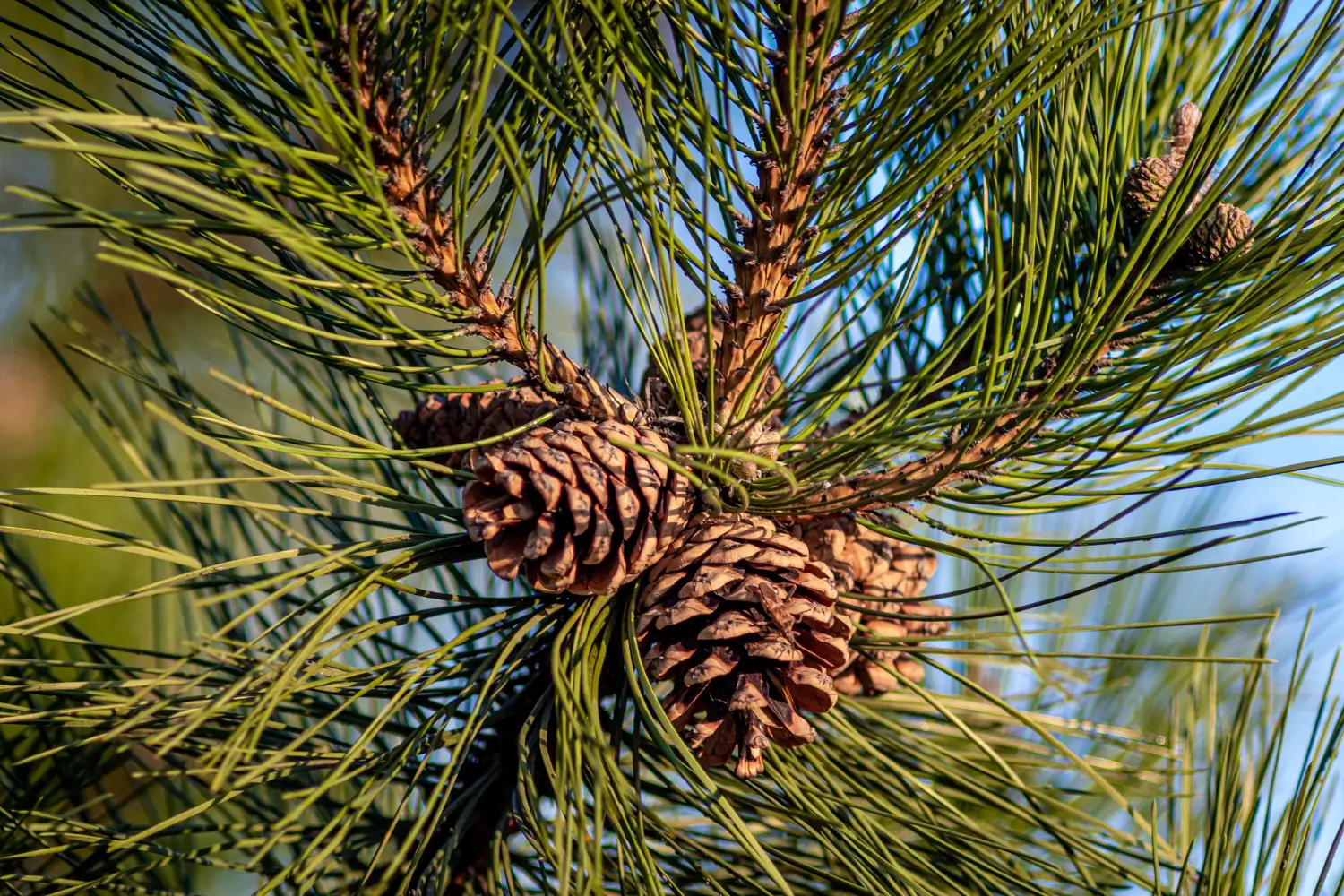

Want a tree that can take add beauty year-round to your landscape? To round out your garden or natural area, consider adding the Jack Pine, which is a rugged and hardy tree. The weather resilient evergreen, it flourishes in all types of soils and weather conditions and provides a unique charm with its distinctive twisted needles and sturdy structure.. This tree can be a great addition to your garden if you are trying to create a natural forest feel or if you wish to add a resilient tree.
What makes Jack Pine so special?
| Botanical Name | Pinus banksiana |
| Common Name | Jack Pine |
| Bloom Season | Evergreen |
| Height | It can reach a height of 50 feet tall |
| Needle Color | Dark green |
| Hardiness Zones | 2-7’ |
| Foliage | Short, twisted, evergreen needles |
| Toxicity | Non-toxic to pets |

September 25, 2025
9 minute read
September 24, 2025
9 minute read
September 23, 2025
10 minute read
September 22, 2025
9 minute read


Join as a seller and connect with thousands of B2B buyers nationwide!
Sign Up
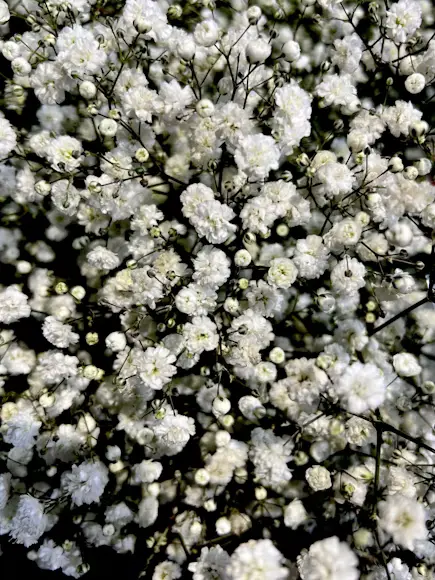
Baby’s Breath
If there was one flower that signifies elegance and simplicity, it’s Baby’s Breath (Gypsophila Paniculata). An airy perennial with lovely white or pink flowers, it came to symbolize grace and is now commonly found in bouquets and floral arrangements.
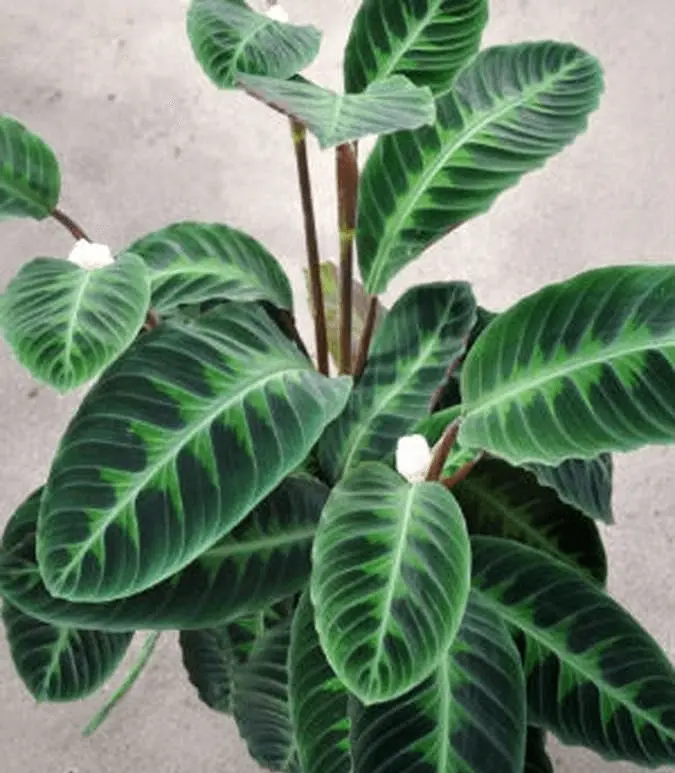
Jungle Velvet Calathea
Calathea warscewiczii, commonly referred to as the Jungle Velvet Calathea is famous for its lush, velvety leaves with a deep green feathered pattern and rich purply-green undersides that seem to glow in soft light.
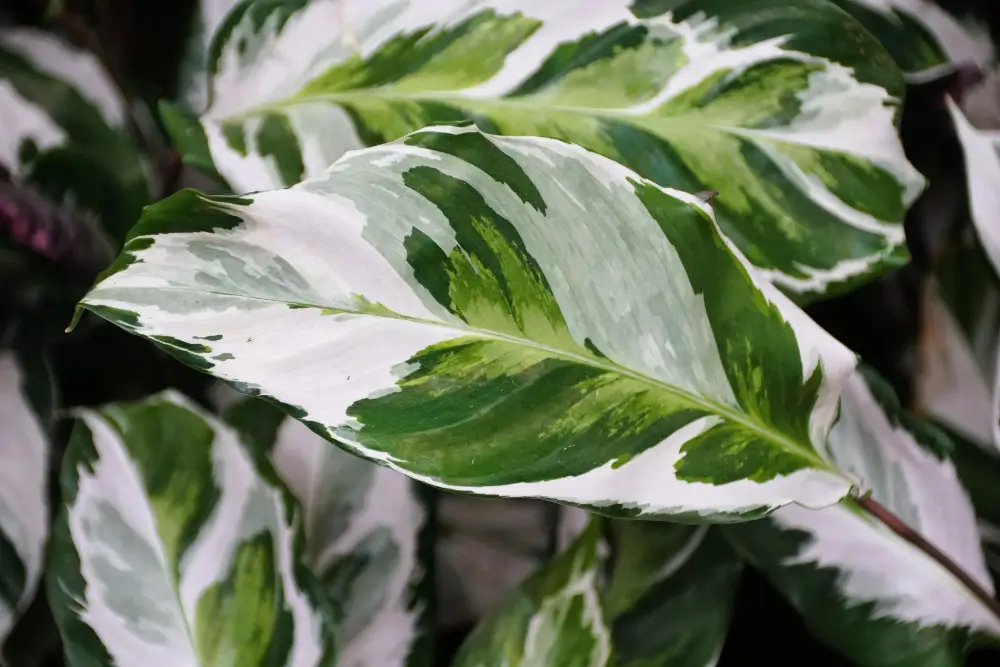
Calathea White Fusion
Calathea White Fusion is a show stopper with its dramatic foliage featuring creamy white and deep green marbled leaves that brighten up any space. A gorgeous tropical houseplant that originates in South America, this plant is prized for its bold patterns
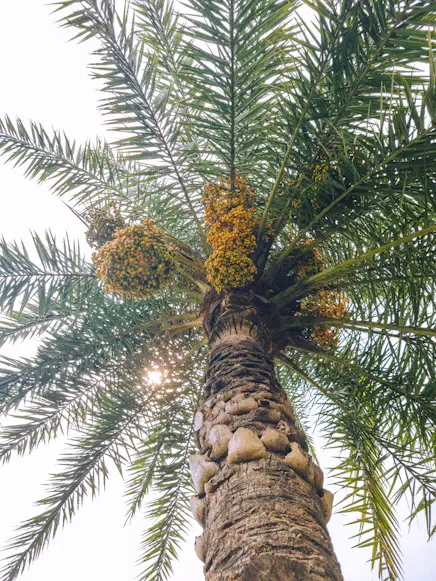
Date Palm
The Date Palm is a timeless architectural plant, which offers desert elegance in both an outdoor garden or indoors. With its arching, feather-like fronds and slender, rugged trunk, it is a bold statement whether potted or grown outdoors in the right setti
The Jack Pine is a resilient and versatile tree that can thrive in a variety of conditions. Whether you plant it in gardens, along windbreaks or as part of a reforestation project and, once established, it needs little care. Now let us look at how to grow and care for Jack Pine.
Full Sun – Jack Pine does well if planted in full sun and needs at least 6 hours of direct sunlight a day to grow well. They are very resistant to direct sunlight and deal with the consequences of winds and cold weather. Sun exposure is very important to support healthy growth and a solid structure of the tree.
Jack Pines have an amazing capacity to do well in different types of soil. They will grow in almost all types of soil — sandy, rocky, clay, loamy, etc. But they like soil that is well-drained and acidic.
Although they tolerate dry conditions, they will not thrive in water-logged or compacted soil. For their growth, it helps to add organic matter to improve drainage and soil structure.
Jack Pine trees are drought-tolerant and only require minimal watering once established. But young trees require consistent watering for the first few years to promote healthy root growth. During dry spells, water the tree deeply, but don’t overwater, because this will rot the roots. Let soil dry between waterings.
Pruning a Jack Pine is generally not necessary, as this tree has a natural, rugged shape that adds to its charm. But if you want to remove dead or damaged branches or shape the tree, late winter or early spring before new growth begins is best.
If you have a tree that has grown out of control, focus on cutting back broken or diseased branches while pruning — you'll want to avoid before pests or disease makes its way into your tree. Steer clear of over-pruning, because Jack Pines develop on an irregular model and too much reducing can destroy the appearance of the tree’s pure form. The tree uses nutrients sparingly, so thinning it out unnecessarily can sacrifice its strength and look.
Seed is the preferred method for propagating Jack Pine trees. But they can also be propagated from cuttings, although this is rarer and harder.
If propagating from seed, collect mature cones in the late summer or fall. Keep the cones in a warm and dry place so that they get open and release their seeds. They can then be sown into a cold frame or directly into prepped soil. Jack Pine seeds require a cold stratification period to germinate, so they should be stored in a cool, moist environment (like the fridge) for ~30-60 days prior to planting. After germination, you may transfer them to their permanent location.
Jack Pines are usually much better suited to growing in the ground but can be grown in pots for anyone who doesn't have ample growing space but would like to grow a younger tree indoors. It is also enjoyable to cultivate Jack Pines in pots; you can get them out and scattered around and you still get to appreciate the beauty even in smaller regions.
Jack Pine trees have elite cold hardiness traits and are perfectly suited for the winter so they are perfect for growing in northern climates. But living in an area with harsh winters might require more attention to ensure that your tree through the cold month, especially if it’s in a pot.
The Jack Pine is tough enough that it will survive winter with very minimal damage, however a little more care in freezing weather will help keep the tree healthy and strong for many years to come.
As an evergreen, the Jack Pine doesn’t flower in the way that most other species do, because it doesn’t have flowers. Instead, the tree’s attraction is its sturdy nature, its twisted, needle-shaped leaves, and its unique pine cones. The Jack Pine produces small yellow pollen cones in the spring and summer; however, they are not showy and seldom noticed compared to the tree’s robust evergreen shape.
The Jack Pine never flowers, but its foliage is there all year round, meaning it can bring beauty and texture to your landscaping all year long.
Jack Pine trees are hardy and low-maintenance overall, but may face a few problems that need to be addressed for optimal growth.
With regular inspections and these potentially problematic issues addressed, your Jack Pine can continue to grow healthy and vibrant for many years to come.
Jack Pines are typically slow-growing trees, with an average growth of 1-2 feet per year depending on environmental conditions.
Yes they do. Jack Pines are famous for growing in poor sandy or rocky soil They are incredibly versatile and can survive in conditions many trees cannot endure.
Once established, Jack Pines are drought-resistant and use very little water. Young trees, however, need regular watering until their roots are deep and well established.
Occasionally, jack pines can suffer from damage by pine beetles, scale insects and aphids that may yellow the needles or stunt growth. These bugs can be managed with continuous checking and treatment.

Soil Health & Fertilization
Victor Miller

Pest Identification & Prevention
Victor Miller

Lawn Care Tips & Maintenance
Victor Miller

Soil Health & Fertilization
Victor Miller

Smart Irrigation Systems
Victor Miller

Patios, Walkways & Driveways
Victor Miller

Soil Health & Fertilization
Victor Miller

Pest Identification & Prevention
Victor Miller
My Account
Our team is always here to help.
We are open Monday - Friday, 9:00 AM to 4:30 PM PST.